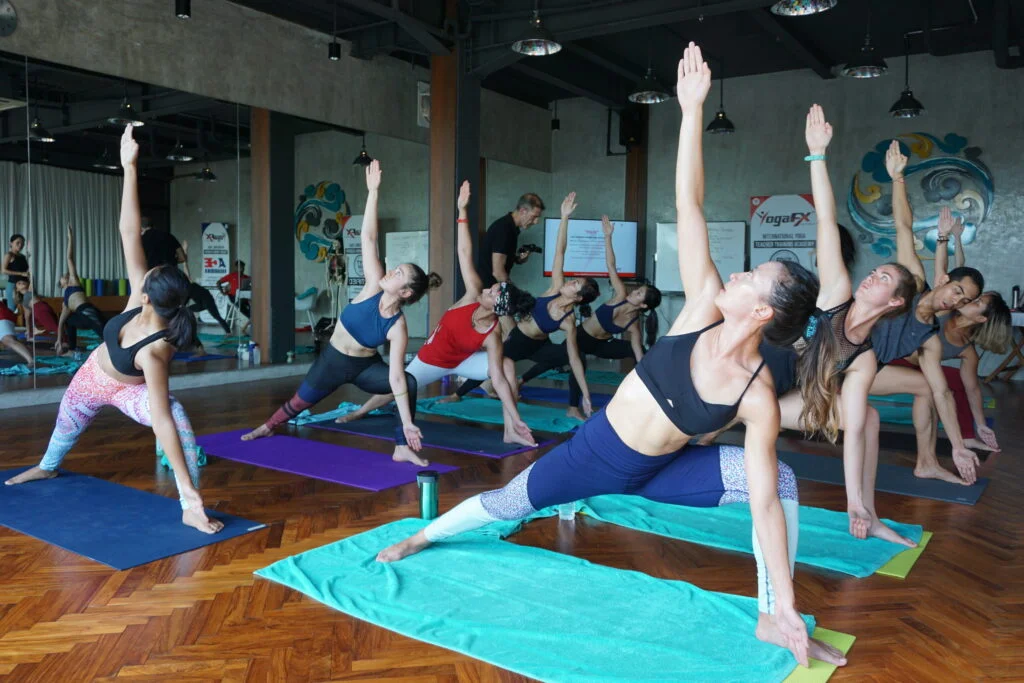
In the realm of fitness and weight loss, understanding the number of calories burned during exercise is a common concern for many individuals. Whether you’re embarking on a new workout routine or aiming to shed some extra pounds, knowing the approximate calorie expenditure can be helpful in setting and achieving your fitness goals. However, the question remains: “How many calories can you really expect to burn?” In this article, we will delve into the factors influencing calorie burn during exercise, debunk common misconceptions, and provide insights into how you can estimate your calorie expenditure more accurately. Get ready to demystify the calorie burning process and gain a clearer understanding of what to expect from your workouts.

Understanding Calorie Burning During Exercise
Calories play a crucial role in energy expenditure. When we engage in physical activity, our bodies require energy, which is measured in calories, to fuel the movements. The number of calories burned during exercise is influenced by various factors. Body weight, intensity of the exercise, duration of the workout, and the type of exercise all contribute to the overall calorie burn.
It’s important to note that individuals have different metabolic rates and fitness levels, which can impact calorie burn. Someone with a higher body weight may burn more calories during exercise due to the additional effort required to move their body. Similarly, the intensity and duration of the exercise play a significant role in calorie expenditure. Higher intensity workouts tend to burn more calories in a shorter amount of time, while longer workouts can contribute to a higher overall calorie burn.
“Success Is Not How You Feel About Others Its About How Others Make You Feel a About Yourself”
Debunking Common Misconceptions
Before we dive into estimating calorie expenditure, it’s essential to address common misconceptions. One common misconception is the “afterburn effect,” which suggests that exercise continues to burn calories even after the workout is over. While there is some truth to this concept, the actual calorie burn during the post-exercise period is relatively small compared to the calories burned during the workout itself.
Another myth is spot reduction, the belief that targeting specific areas of the body with exercise will lead to localized fat loss. Unfortunately, spot reduction is not supported by scientific evidence. Fat loss occurs throughout the body, not just in the areas directly targeted by exercise. Therefore, focusing on overall fitness and adopting a well-rounded exercise routine is key to achieving balanced results.

Estimating Calorie Expenditure
There are several methods available to estimate calorie burn during exercise. Online calculators and fitness tracking devices provide general estimates based on factors such as body weight, exercise type, and duration. Heart rate monitors offer a more accurate estimation by considering heart rate, which reflects the intensity of the workout. However, it’s important to remember that these estimations are just that—estimates. They provide a rough idea of calorie expenditure but may not be entirely accurate for everyone.
To obtain a more personalized estimation, it can be beneficial to consult with fitness professionals, such as certified trainers or exercise physiologists. They can assess your individual characteristics and guide you in estimating your calorie burn more accurately.
Calorie Burn Comparison across Different Exercises
The calorie burn varies across different exercises and activities. Some high-intensity exercises, such as running or cycling, tend to have a higher calorie burn per unit of time due to their demanding nature. However, the specific calorie expenditure will depend on factors like the individual’s weight, intensity level, and duration of the workout. Strength training, while often associated with building muscle rather than burning calories, can also contribute to calorie burn, especially when combined with cardiovascular exercise.
Hot Yoga and the Bikram Yoga Sequence
Hot yoga, particularly the Bikram Yoga Sequence or 26 and 2 yoga, has gained popularity in recent years. This specific sequence, practiced in a heated room, incorporates 26 postures and 2 breathing exercises. While
hot yoga provides numerous benefits, including increased flexibility and enhanced mental focus, it’s important to note that the calorie burn during hot yoga is comparable to other moderate-intensity exercise routines. The heat and added challenge of maintaining poses in a heated environment can contribute to a higher perceived effort but may not significantly impact overall calorie burn.
Maximizing Calorie Burn
To maximize calorie burn during exercise, there are several strategies you can implement. Increasing the intensity of your workouts, incorporating interval training, and engaging in resistance training can all contribute to higher calorie expenditure. Combining cardiovascular exercises with strength training can also be an effective way to maximize overall calorie burn and promote balanced fitness.
Beyond Calorie Burn: Other Benefits of Exercise
While understanding and monitoring calorie burn is valuable for weight management, it’s essential to recognize that exercise offers numerous other health benefits. Regular physical activity, regardless of calorie burn, improves cardiovascular health, builds strength and endurance, boosts mood and mental well-being, and enhances overall quality of life. Focusing solely on calorie burn may overlook the holistic benefits that exercise provides.
Listening to Your Body
Rather than fixating solely on calorie burn, it’s important to adopt a balanced approach to fitness. Listening to your body, enjoying the process of physical activity, and maintaining overall well-being should be the primary goals. Embrace exercise as a means of improving your health, increasing your energy levels, and enhancing your overall sense of well-being.
Conclusion
Understanding calorie burn during exercise is a common concern for many individuals. While estimating calorie expenditure can be helpful in setting fitness goals, it’s important to recognize that calorie burn varies based on individual factors and the specific nature of the exercise. Instead of solely focusing on calorie burn, embrace exercise for its holistic benefits and the positive impact it has on your overall health and well-being.
If you are passionate about hot yoga, particularly the Bikram Yoga Sequence, and want to deepen your practice or share it with others, consider enrolling in a Bikram Hot YogaFX teacher training program. YogaFX, a Yoga Alliance certified and ACE accredited institute led by Mr. Ian, offers comprehensive training to become a certified Bikram Yoga teacher. Through YogaFX’s teacher training program, you can further explore the transformative power of the Bikram Yoga Sequence and gain the necessary skills to guide others on their yoga journeys. Embrace the opportunity to enhance your practice and share the benefits of Bikram Yoga with YogaFX’s renowned teacher training program.














































